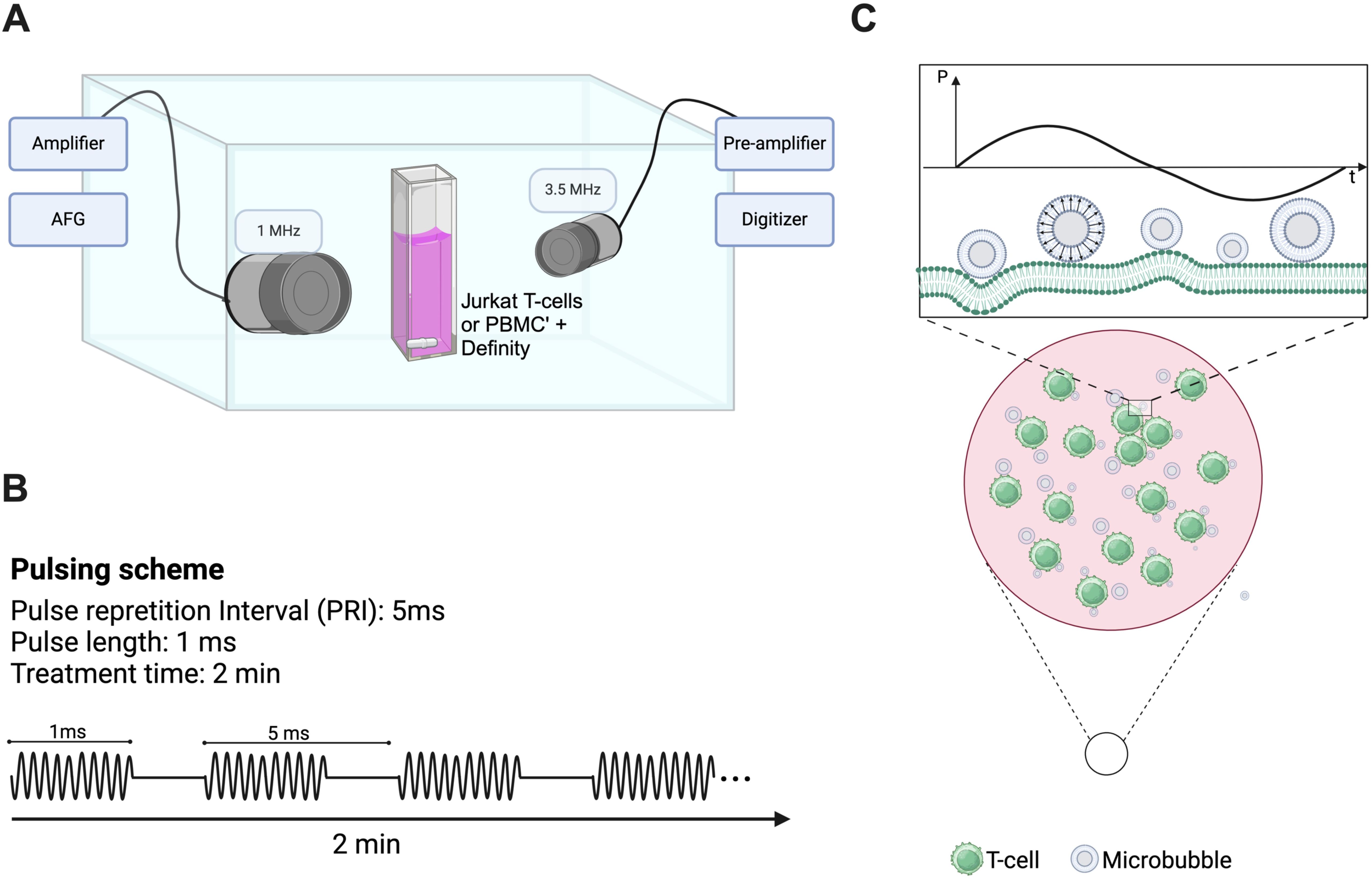2025-01-16 マサチューセッツ大学アマースト校
<関連情報>
- https://www.umass.edu/news/article/research-using-non-toxic-bacteria-fight-high-mortality-cancers-prepares-clinical
- https://www.cell.com/molecular-therapy-family/molecular-therapy/abstract/S1525-0016(24)00839-6
臨床応用可能なΔsseJサルモネラ菌株におけるマスターレギュレーターflhDCを用いた細胞内タンパク質送達、腫瘍コロニー形成、組織分布の制御 Controlling intracellular protein delivery, tumor colonization and tissue distribution using the master regulator flhDC in a clinically relevant ΔsseJ Salmonella strain
Vishnu Raman∙ Christopher L. Hall∙ Victoria E. Wetherby∙ Samantha A. Witney∙ Nele Van Dessel∙ Neil S. Forbes
Molecular Therapy Published:December 30, 2024
DOI:https://doi.org/10.1016/j.ymthe.2024.12.038
Graphical abstract

Abstract
Effectively targeting intracellular pathways in cancers requires a system that specifically delivers to tumors and internalizes into cancer cells. To achieve this goal, we developed intracellular-delivering (ID) Salmonella with controllable expression of flhDC, to regulate flagella production and cell invasion. We hypothesized that controlling flhDC would overcome the poor colonization seen in prior clinical trials. To test this hypothesis, we incorporated the aspirin-responsive Psal promoter and tuned flhDC expression with ssra degradation tags. In tumor-bearing mice, controlling flhDC increased protein release, tissue dispersion and tumor colonization more than ten million times. We discovered that inducing flhDC increases escape from intracellular vacuoles; however, deleting sseJ prevented escape and further increased protein delivery. Delivering constitutively active caspase-3 with ID-f-s Salmonella (ΔsseJ and induced PSal-flhDC) induced cell death in pancreatic, breast and liver cancer cells and reduced the growth of breast tumors. This clinically ready strain preferentially colonized metastatic breast tissue 280 and 800 times more than surrounding healthy tissue in the lung and liver, respectively. By precisely controlling tumor colonization and cell invasion, this strain overcomes critical limitations of bacterial therapy and will enable treatment of many hard-to-treat cancers444.


